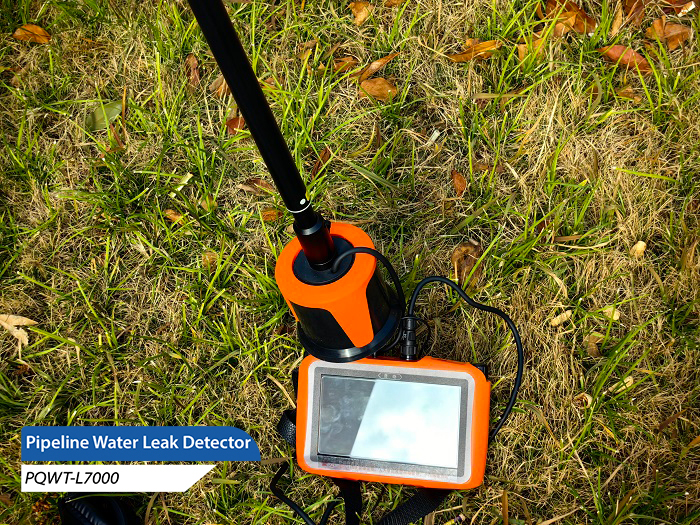With the acceleration of urbanization, pipeline system, as an important part of urban infrastructure, has received more and more attention for its safety and stability. Among them, the leakage problem not only causes the waste of water resources, but also may threaten the surrounding environment and building safety. Therefore, it becomes especially important to master and apply the PQWT pipeline leak detector method.

I. Collecting pipeline information
Before leak detection, it is necessary to collect detailed information about the pipeline, including pipeline direction, material, pipe diameter, interface form, etc. These information can be used for the subsequent PQWT pipeline leak detector method. This information can provide basic data support for the subsequent PQWT pipeline leak detector.
Second, the regional pipeline network environment survey
Understanding the pipeline network environment is an important prerequisite for leak detection. This includes the investigation of the surrounding environment of the pipeline network, such as topography, soil type, groundwater level, etc.; the investigation of ancillary equipment of the pipeline network, such as valves, water meters, hydrants, etc.; as well as the investigation of the water consumption and drainage of the pipeline network. The collection of this information helps to analyze the possible causes of water leakage and the scope of influence.
Third, water leakage detailed investigation
Water leakage detailed investigation is a key step in water leakage detection. At this stage, the staff need to follow the pipeline route and use listening devices to carefully listen to the sound inside the pipeline in order to find abnormal water leakage sounds. At the same time, the exposed part of the pipeline should also be carefully inspected to see if there are obvious signs of water leakage.
Fourth, sound detection
Sound detection is a commonly used method of water leakage detection. Through the use of professional PQWT pipeline leak detector, along the pipeline to a certain interval for sound detection, can accurately capture the sound signal produced by the leakage point. This method is especially suitable for pipelines buried under the road surface.
V. Leakage point confirmation and localization
PQWT pipeline leak detector in the discovery of abnormal sound or signs of leakage, you need to accurately confirm and locate the leakage point. This usually requires the use of a variety of detection means and methods, such as ground sound intensity and audio detection, pipeline sound intensity and pipeline proximity sound intensity audio detection. At the same time, it is also necessary to combine the results of valve bolt detection, road surface detection and other methods, to carry out a comprehensive analysis, and ultimately determine the exact location of the leakage point.
PQWT pipeline leak detector is a comprehensive and technically demanding work. Through a series of steps, such as collecting pipeline data, regional pipeline network environment survey, detailed leakage investigation, audio-audio detection, as well as leakage point confirmation and localization, we can effectively find and solve pipeline leakage problems. This not only helps to protect water resources and reduce waste, but also ensures the safe and stable operation of urban infrastructure. With the continuous progress of science and technology, we are looking forward to the emergence of more efficient and intelligent water leakage detection methods in the future, which will provide strong support for the maintenance and management of urban pipeline networks.








